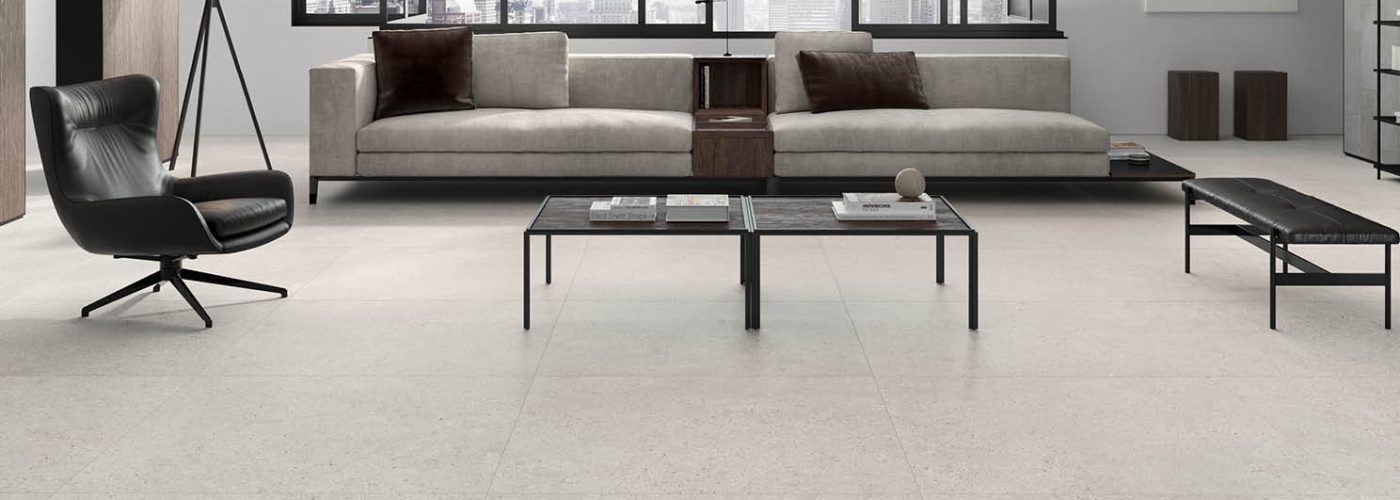Natural limestone has long been cherished for its timeless beauty, durability, and eco-friendly properties, making it an ideal material for inspired design across various architectural and interior spaces. Derived from sedimentary rock formations, limestone is not only an attractive addition to any design but also a sustainable choice for environmentally conscious projects. The versatility and natural charm of limestone have made it a staple in both contemporary and traditional designs, with its range of colors, textures, and finishes allowing designers to create spaces that reflect natural elegance. One of the primary reason’s limestone is regarded as an eco-friendly material is its abundance and relatively low energy consumption during extraction and processing. Unlike many synthetic building materials, natural limestone requires minimal processing, reducing the carbon footprint associated with its production. Additionally, limestone is often sourced locally, further minimizing transportation emissions. This eco-friendly characteristic makes limestone a sustainable choice for architects and designers striving to reduce the environmental impact of their projects.

Limestone is an incredibly durable material that can withstand the test of time. Its resistance to weathering and ability to endure harsh conditions mean that structures built with limestone are likely to last for decades, if not centuries. This longevity is a significant environmental advantage, as it reduces the need for frequent replacements and repairs, which can be both costly and resource-intensive. Furthermore, limestone is a natural insulator, offering energy-efficient benefits by helping to regulate indoor temperatures and reduce the need for excessive heating and cooling. Another eco-friendly aspect of limestone is its natural aesthetic appeal. The subtle, earthy tones of the stone, ranging from light creams and soft greys to warm beiges and rich browns, bring a sense of tranquility and organic beauty to any space. The material’s inherent texture, from smooth polished finishes to rough-hewn surfaces, adds depth and character to architectural features, whether used for flooring, countertops, facades, or decorative elements.
Limestone’s natural variation in color and texture ensures that no two pieces are exactly the same, creating a unique and personalized design that connects the built environment with the natural world. In interior design, limestone is prized for its versatility. Whether used in contemporary minimalistic spaces or rustic, traditional settings, limestone can complement a wide range of styles. Its neutral tones blend effortlessly with other materials such as wood, metal, and glass, allowing for seamless integration into any design scheme. The durability of limestone also ensures that it retains its beauty over time, with minimal maintenance required to preserve its appearance. Cleaning limestone is a straightforward process, typically involving just a mild detergent and water, making it a low-maintenance material for both residential and commercial spaces and learn more info in this website https://www.melanielissackinteriors.com/blog/2025/1/15/stone-material-showdown-travertine-flagstone-and-limestone-which-is-right-for-you. Additionally, limestone can be recycled or repurposed, making it an even more sustainable option. As a natural stone, it can be reprocessed into aggregate for use in construction projects or reused in its original form for renovations or landscaping.
